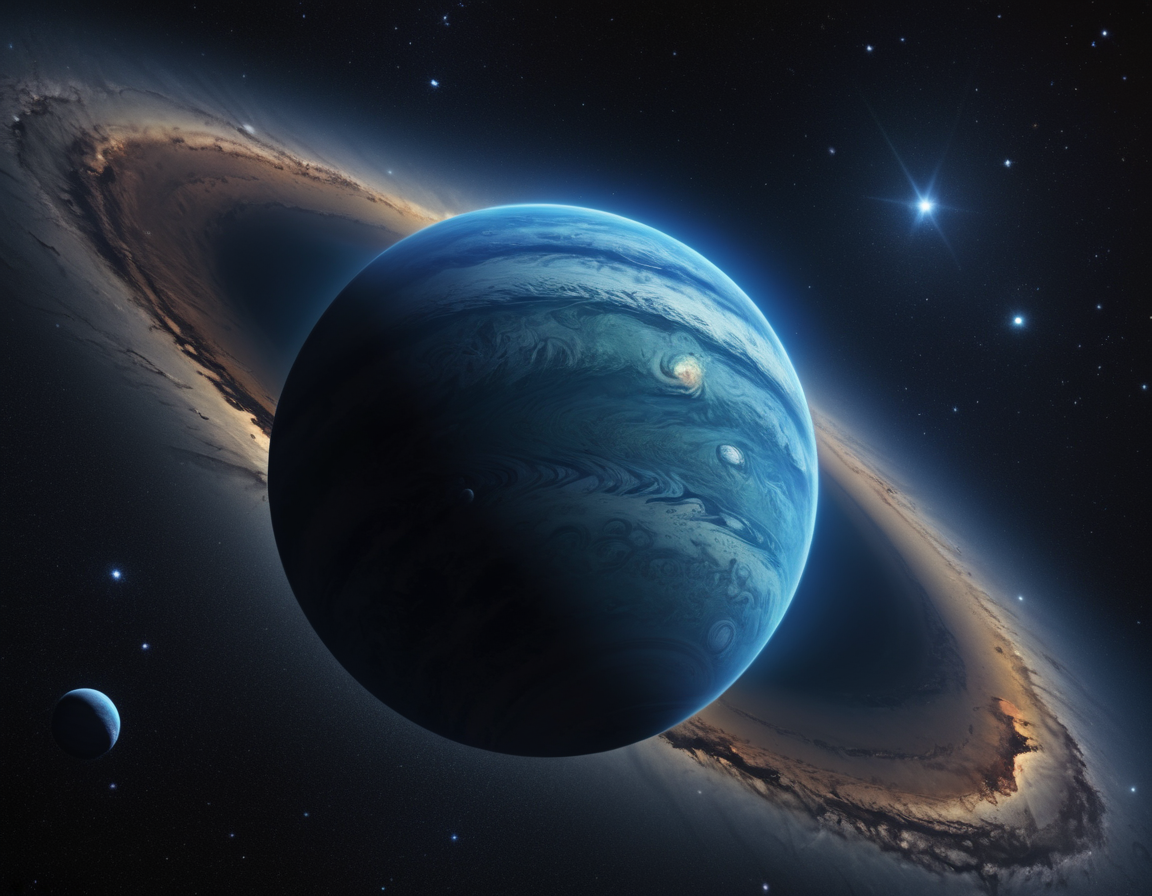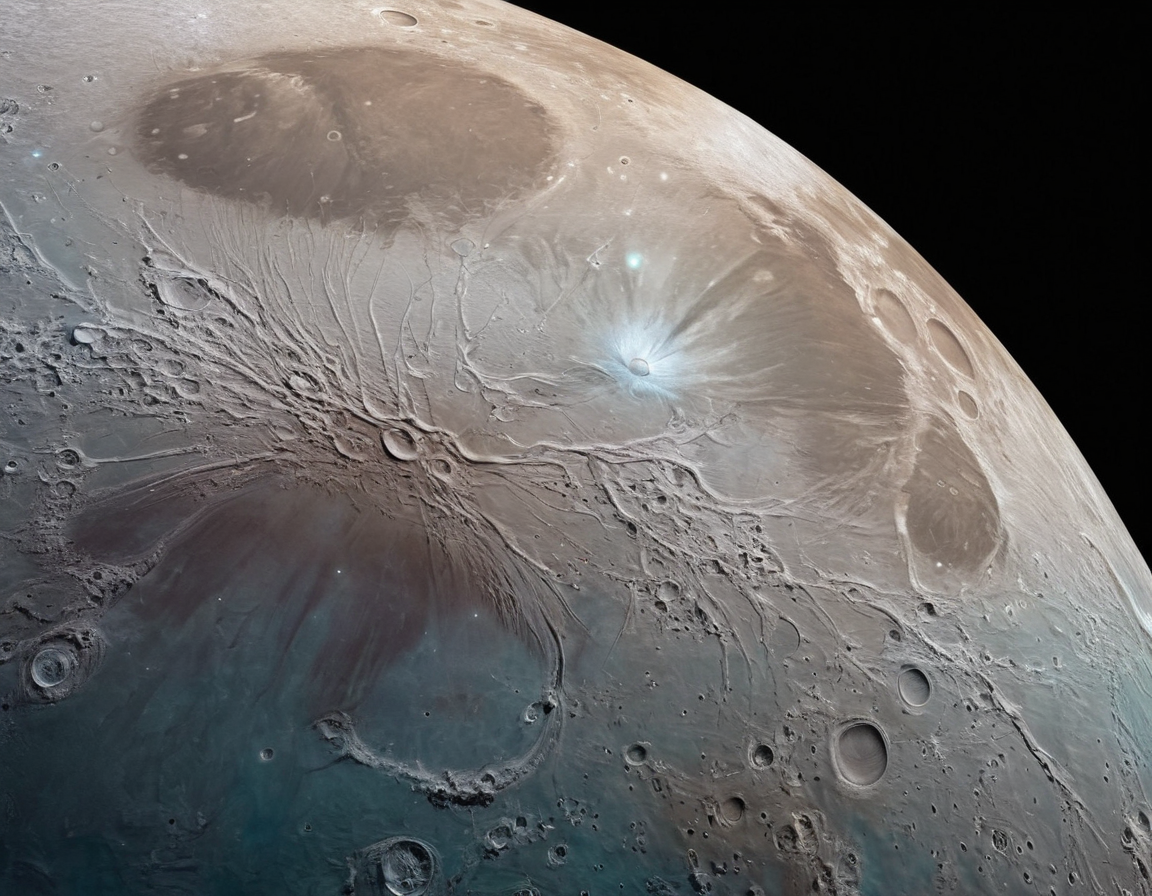Unveiling Neptune: Mysteries of the Farthest Planet
Unveiling Neptune: Mysteries of the Farthest Planet
Neptune, the eighth planet from the Sun, remains one of the most intriguing subjects in the realm of astronomy. Named after the Roman god of the sea, this distant world fascinates astronomers and space enthusiasts alike. But what is it about this celestial body that captures our imagination? Join us as we dive into the depths of Neptune’s icy mysteries.
A Brief Overview
Neptune was first observed in 1846, and it was the first planet located through mathematical predictions rather than through regular observation. It orbits the Sun once every 164.8 Earth years and has a striking blue color due to the absorption of red light by methane in the atmosphere.
Neptune’s Dynamic Atmosphere
One of the most defining characteristics of Neptune is its dynamic and active atmosphere. With supersonic wind speeds reaching up to 1,500 miles per hour, it has the fastest winds in the solar system. The planet’s atmosphere is punctuated by massive storms and dark spots that come and go, similar to Jupiter’s Great Red Spot.
The Ring System
Like its neighboring gas giants, Neptune boasts a ring system, although it is far less prominent. The rings are made up of primarily small particles and dust, with clumping observed in certain regions. This peculiarity could be due to the gravitational interaction with Neptune’s numerous moons.
Exploring Neptune’s Moons
Neptune has 14 known moons, with Triton being the largest and geologically youngest. Triton is particularly interesting because it is geologically active and has geysers that eject nitrogen gas into space.
The Future of Neptune Exploration
Remote observations and visits from spacecraft like Voyager 2 have given us invaluable insights into Neptune. However, there still remains a vast ocean of knowledge to explore. The scientific community has proposed several missions to further study this distant world, dreams of a dedicated Neptune Orbiter continue to inspire future generations of explorers.
As we seek to unravel the enigmas of our solar system, Neptune stands out as a beacon for our cosmic curiosity. With future missions, we may unlock more secrets of this icy giant, deepening our understanding of the universe and our place within it.
Conclusion
In closing, Neptune is a world teeming with wonders and mysteries. It is a reminder of the vastness of space and the potential for discovery that lies beyond our home planet. As we continue to gaze up at the night sky, the farthest planet subtly beckons, inviting us to seek out the unknown and explore the depths of the cosmos.
Join the astronomical adventure and keep your eyes on the heavens for the latest updates on Neptune and the many marvels it holds!

Did You Know?
- Neptune was discovered using mathematical predictions based on the orbit of Uranus, which had peculiar irregularities that could only be explained by the presence of another faraway planet.
- Due to Neptune’s vast distance from the Sun, the planet receives very little sunlight, making it one of the coldest places in the solar system.
- The Voyager 2 flyby in 1989 is the only spacecraft to have visited Neptune up close, taking thousands of photographs and greatly expanding our understanding of the planet.






